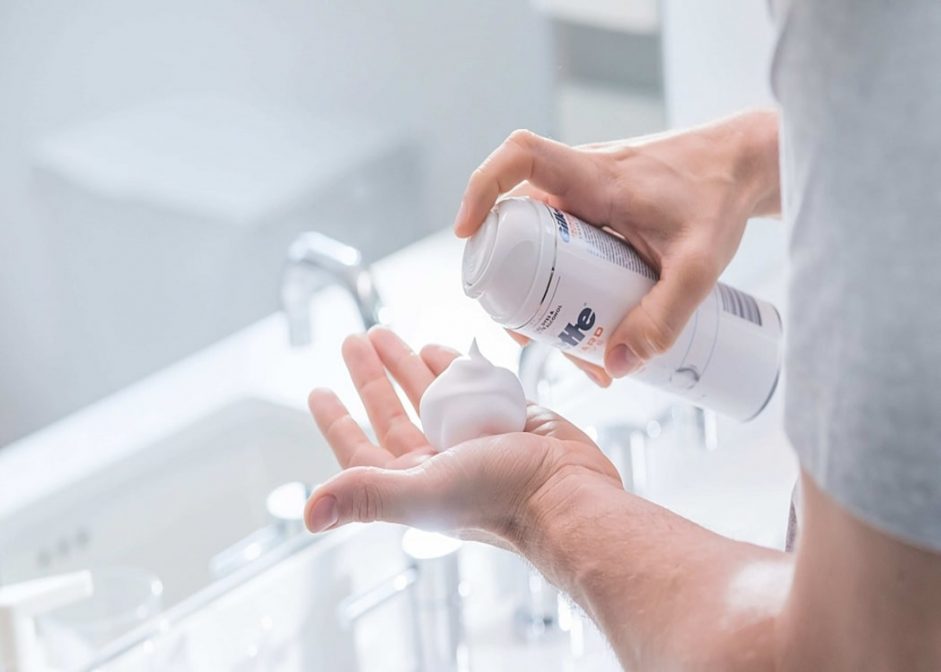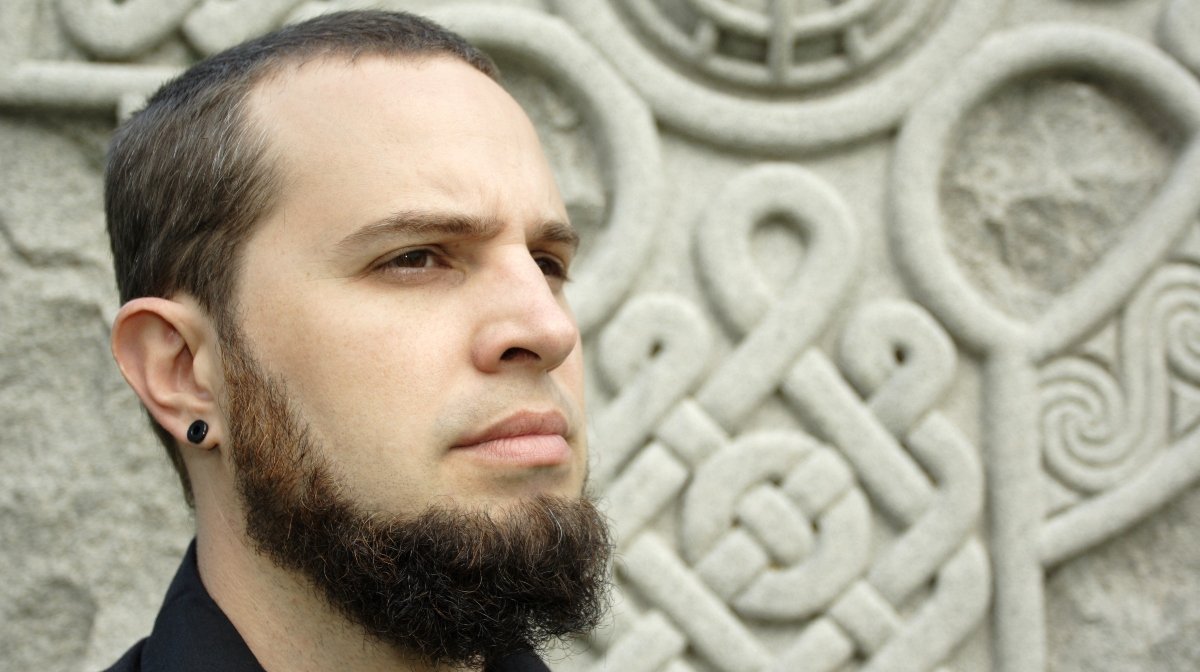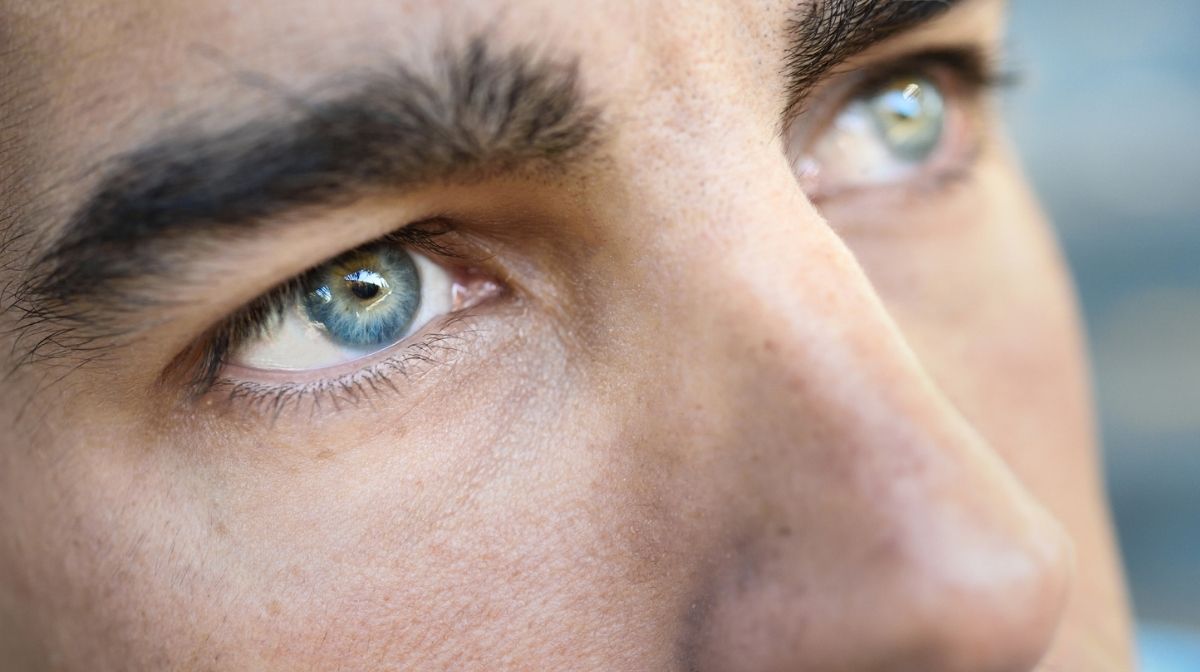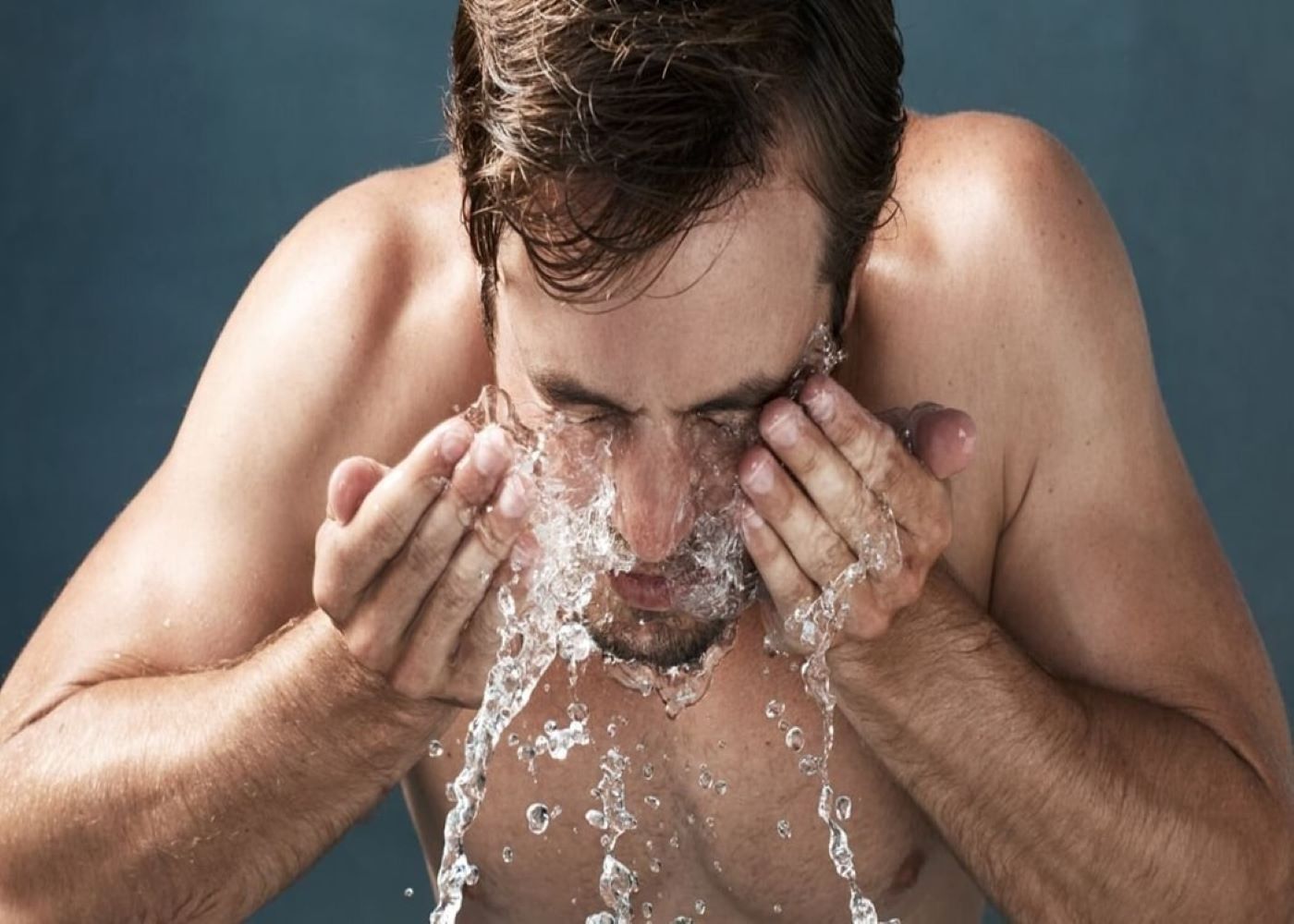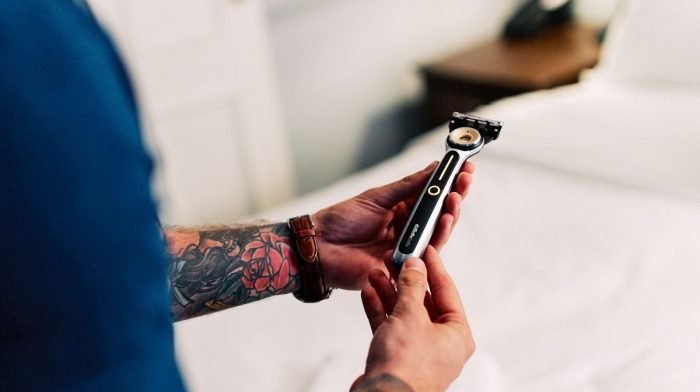Should I Shave My Chest Hair?
Wondering if you should shave your chest? The natural look isn’t for everyone. Shaving your chest hair can help you to look more groomed and on-trend, boosting your confidence in the gym or on the beach.
Full-on chest hair for men has slightly dropped in popularity during recent years, ever since famous football players started whipping their shirts off and showing off shiny, hard pecs in major competitions. When TV celebrities also began to sport smooth and shaven chests, it started a bit of a movement – loads of men began to wonder whether to shave their chest on the regular.
When Do Men Grow Chest Hair?
Most men begin to grow some chest hair during late puberty, though it’s not uncommon to begin in your early twenties or even not at all. For some, the first sign of chest fuzz is welcomed as a sign of masculinity – for others, these new sprouting hairs are met with disdain, especially if you don’t know yet how to groom or trim your chest hair.
Chest hair or no chest hair, the best way to approach body grooming is to decide what will make you most comfortable. For plenty of men, a touch of manscaping is a way to express their personality, while sporting a range of chest hairstyles and growth patterns.
But with delicate nipples contend with and ingrown hairs to avoid, what’s the best way to shave your chest?
You might want to shave or trim your chest hair to show off your tattoos, hide the fact you’re starting to go grey or disguise fuzzy or uneven hair growth. Whatever your reason, here are our manscaping tips for how to trim, shave, and groom men’s chest hair for smooth, smart results:
Shaving Your Chest Hair
Step 1: Prep Your Skin
Before you do any manscaping, have a bath or shower to soften your body hair and prepare your skin for the razor blade. Chest hair tends to be quite wiry, but hot water and soap will help to soften it, meaning it’ll be much easier to shave and there’ll be less risk of shaving cuts and nicks.
You might want to exfoliate before shaving, as this can help you to remove any dirt, oil and dead skin cells that could block your razor’s path. This will reduce the chance of developing ingrown hairs on your chest later on and will help you achieve a smooth, comfortable finish.
If you already have a few ingrown chest hairs that won’t go away, try to avoid shaving over these – it’s best to wait for the area to heal.
Most ingrown hairs go away within a week, but if they stick around for longer than a month, speak to your GP about next steps. Hit the link to find out more about how to prevent ingrown hairs when shaving.
Step 2: How to Trim Your Chest Hair
Never go straight in with a close shave, unless you’ve got a high pain threshold and the time to be dealing with an almighty tangle of clogged hairs! Thanks to its three different fixed comb length options, and built-in precision trimmer, our Gillette All Purpose Styler should be your go-to trimmer for making slightly longer hairs more manageable.


